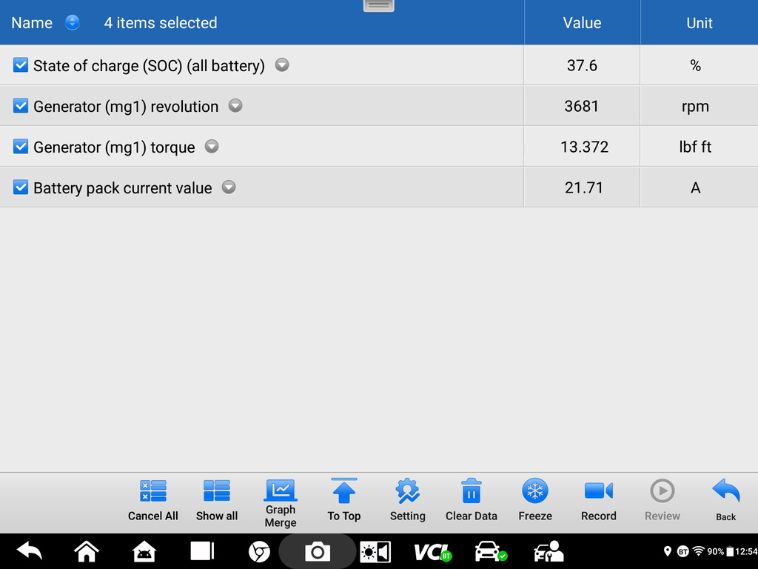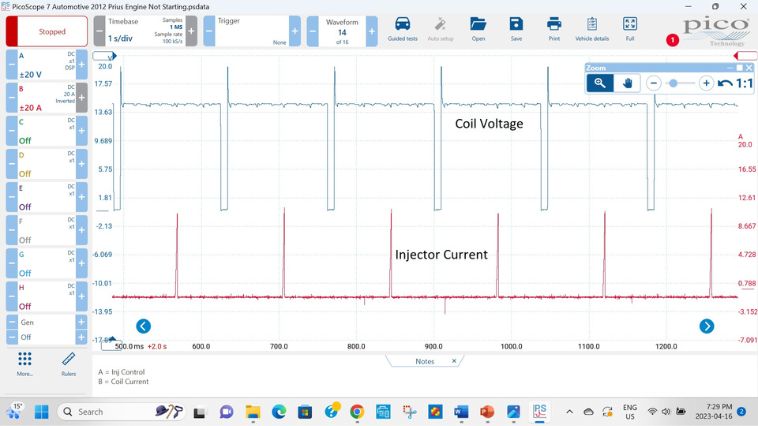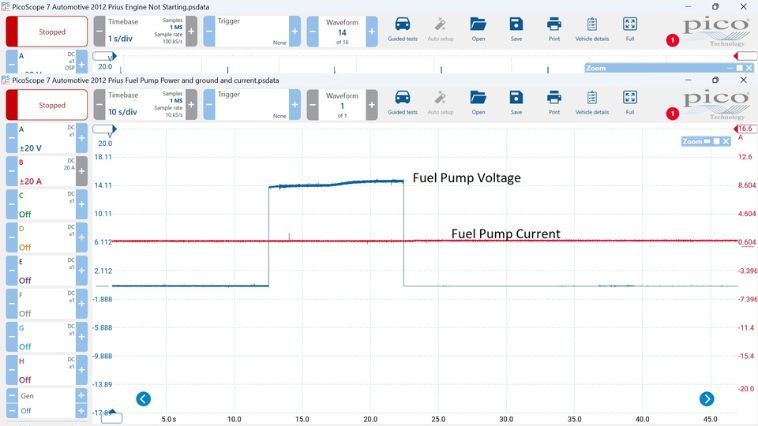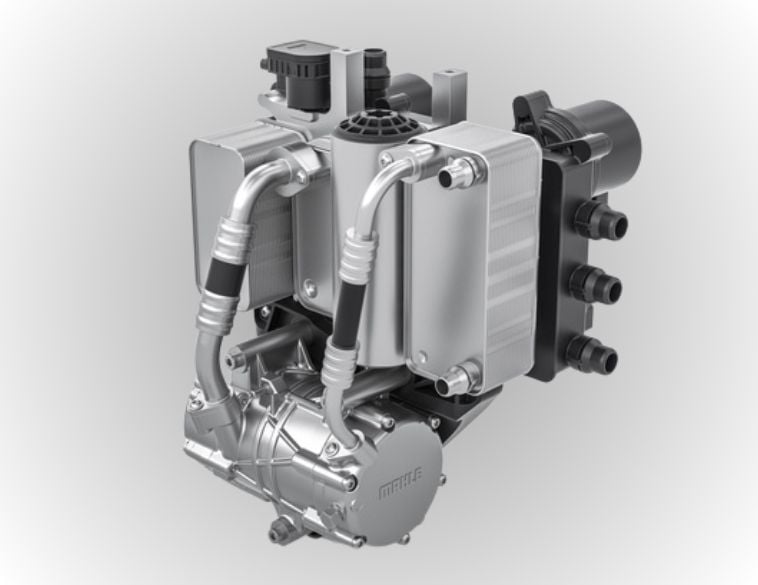Intermittent starting issue and sluggish throttle response warranted further investigation.

We recently had the challenge of diagnosing a 2012 Toyota Prius C with intermittent low power and stalling complaints. The car had to be driven, sometimes for over half an hour to get it to act up. It would act up for a while and then return to normal operation. When the fault occurred, the warning light for the Hybrid drive would light up. In this situation, the car would start, but when you tried to pull away fast it would stall. You could get the Prius to move forward if you didn’t try to accelerate too hard.
Obviously with the hybrid warning lights on, a scan for codes was in order. When we scanned the car, we retrieved a Current and History code POAOF (engine failed to start) from the Hybrid ECU but no other modules were clocking codes. The code taken from the service manual description alluded to the Internal Combustion Engine (ICE) not running. The trouble tree directs you to look at the engine ECU for codes and to fix any ECU codes that are present. If there are no Engine ECU codes present, then you are directed to replace the Engine ECU. There were no ECU codes, but it seemed unreasonable to us that we should replace the Engine ECU at this point.
We decided to take a look at the data for MG1 (Motor Generator) while the problem was occurring. This gave us insight as to whether the ICE would run or not when the problem occurs. We looked at MG1 Torque, MG1 RPM, HV Battery State of Charge and HV Battery current. See Fig 1.
Here, starting at line 1, we can see the Battery SOC (State of Charge).

This is the SOC of the HV (High Voltage) Battery. It is important to keep an eye on the SOC because if the car is not running, that means that the ICE is cranking, not running. This means that the HV Battery is being drained. If drained too far, the battery will be too low to crank the car.
On Line 2, MG1 Revolution is the RPM of MG1. Line 3 starts to tell the story. When the ICE is running at idle MG1 torque should be negative.
This indicates that the ICE is driving MG1 turning MG1 into a generator which in turn charges the HV battery. In our case the MG1 torque was positive, indicating that MG1 is cranking the ICE. Hybrids crank the ICE fast enough that they sound like they are running when they aren’t. In this case, the ICE was cranking, but not running. Line 4 represents the HV Battery current. If the HV battery current is positive then the HV battery is supplying energy, if the current is negative the HV Battery is being charged. In this case HV Battery current was positive. The positive current from the HV Battery and MG1 told us that the ICE was being cranked but was not running. We now needed to look at why the ICE wouldn’t start.
We began by checking the engine for spark and injector pulse. See Fig 2. The ICE had both. Since the ICE would run normally at times, we ruled out any major mechanical faults. This left us with a lack of fuel as the prime culprit. We decided to use a current probe on the fuel pump while monitoring the fuel pump power and ground.

When the vehicle acted up the pump had good power and ground but no current. See Fig 3. We rapped the fuel pump with a rubber hammer and the car started right up. This indicated the car had a bad fuel pump.

This particular issue was fairly easy to solve due to knowledge of how the HV data relates to the ICE cranking or running. Remember, that with Hybrid vehicles like the Prius, we still have all the conventional ICE faults that we have been dealing with for years.



